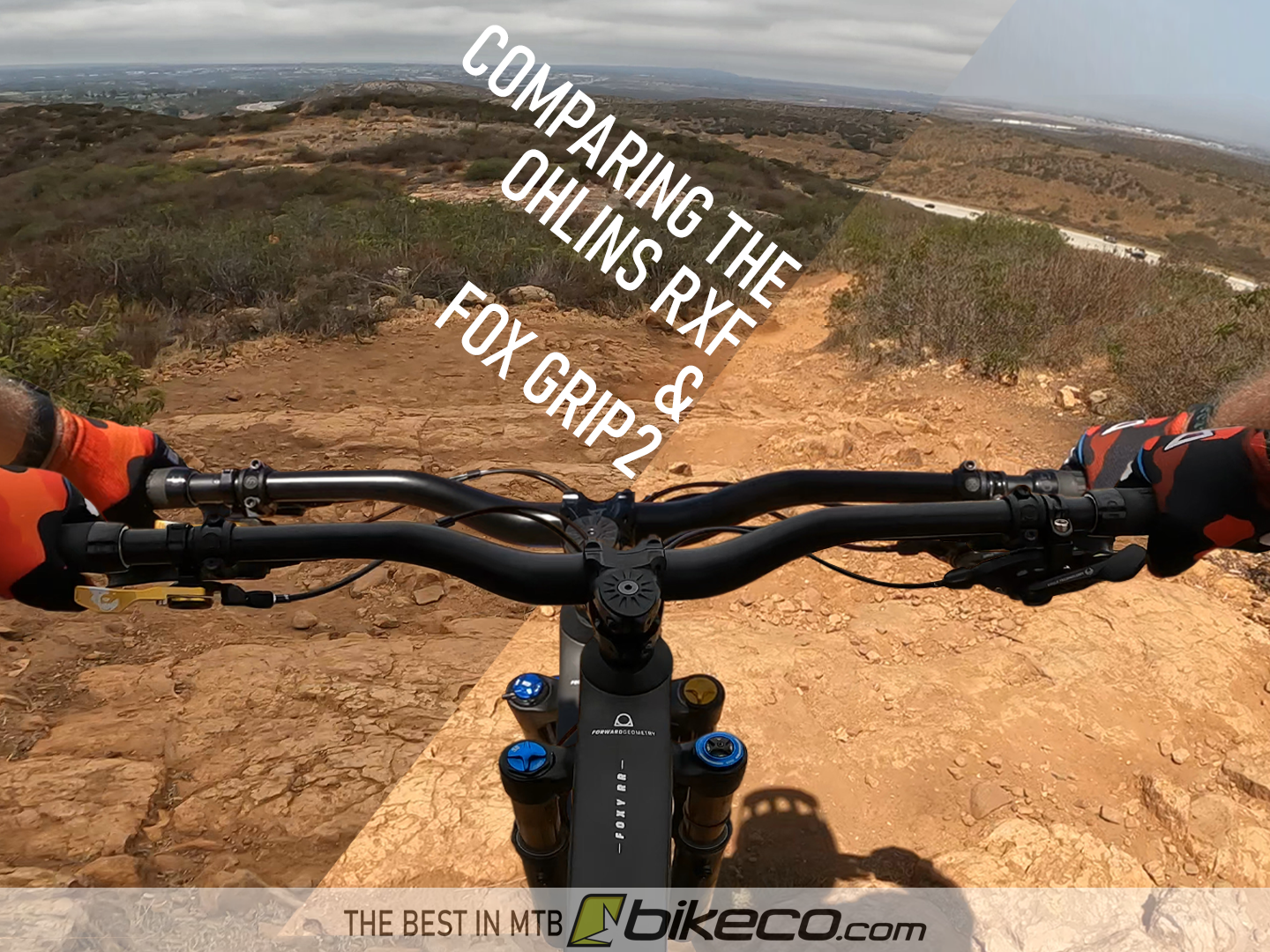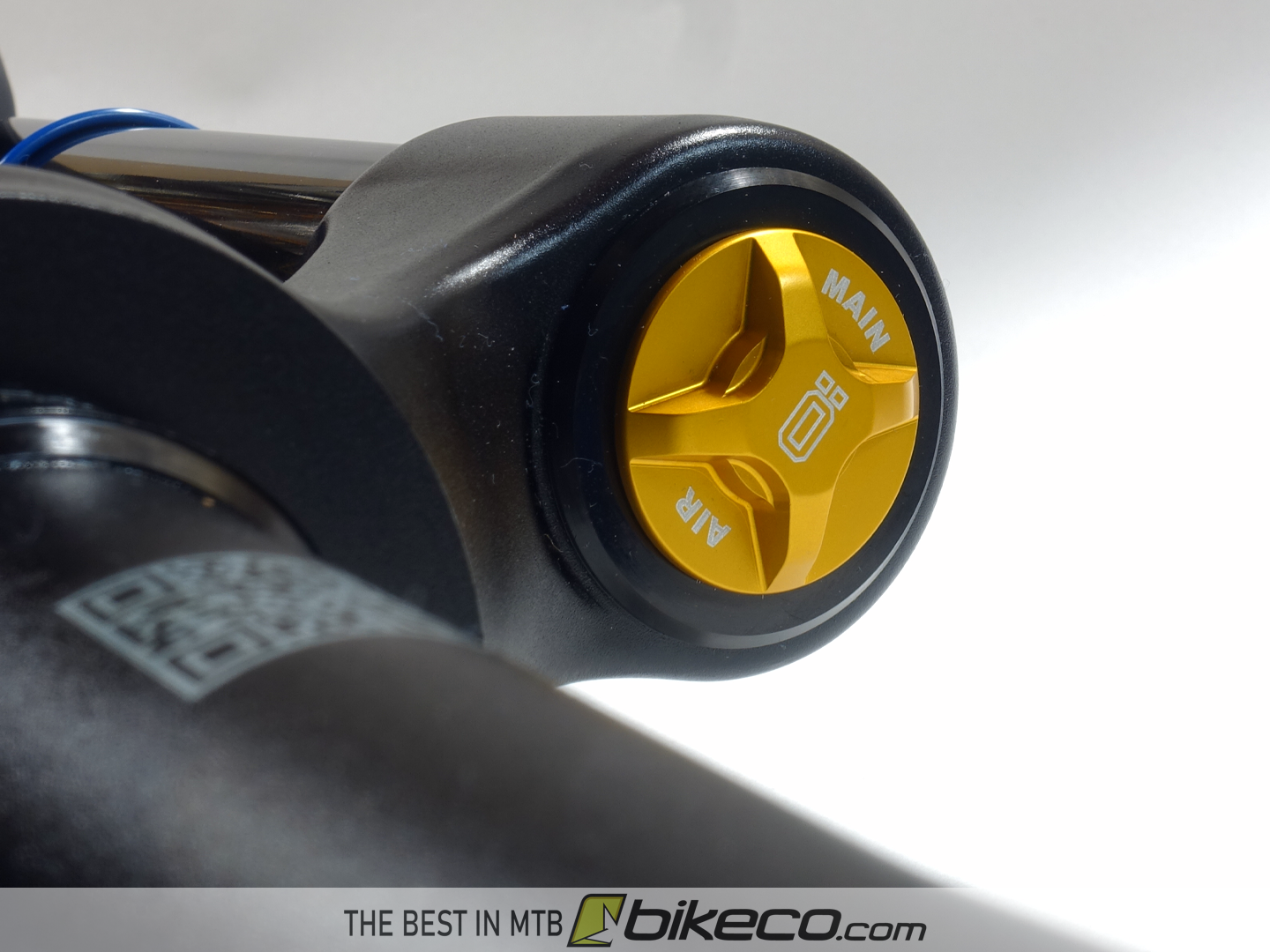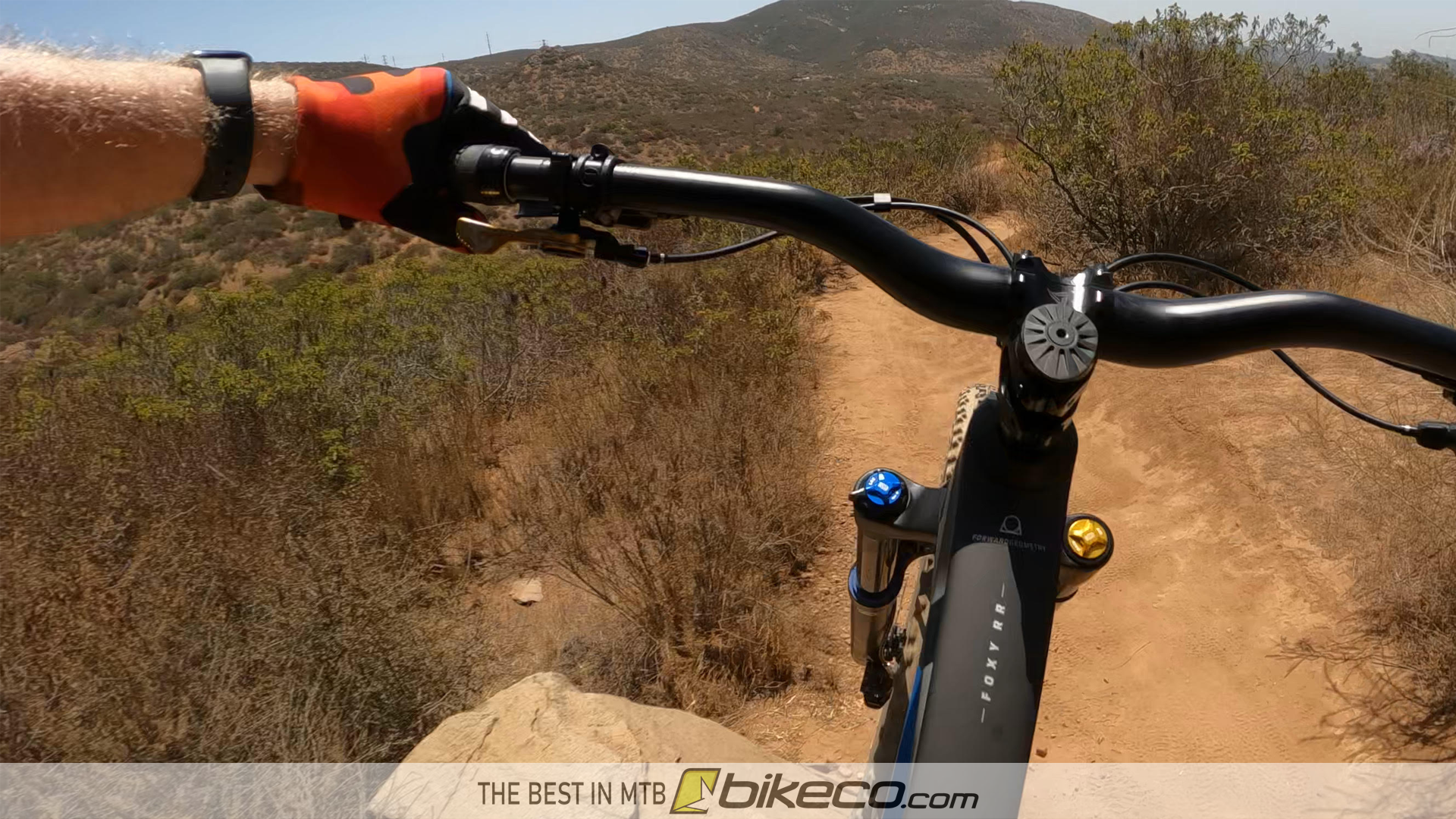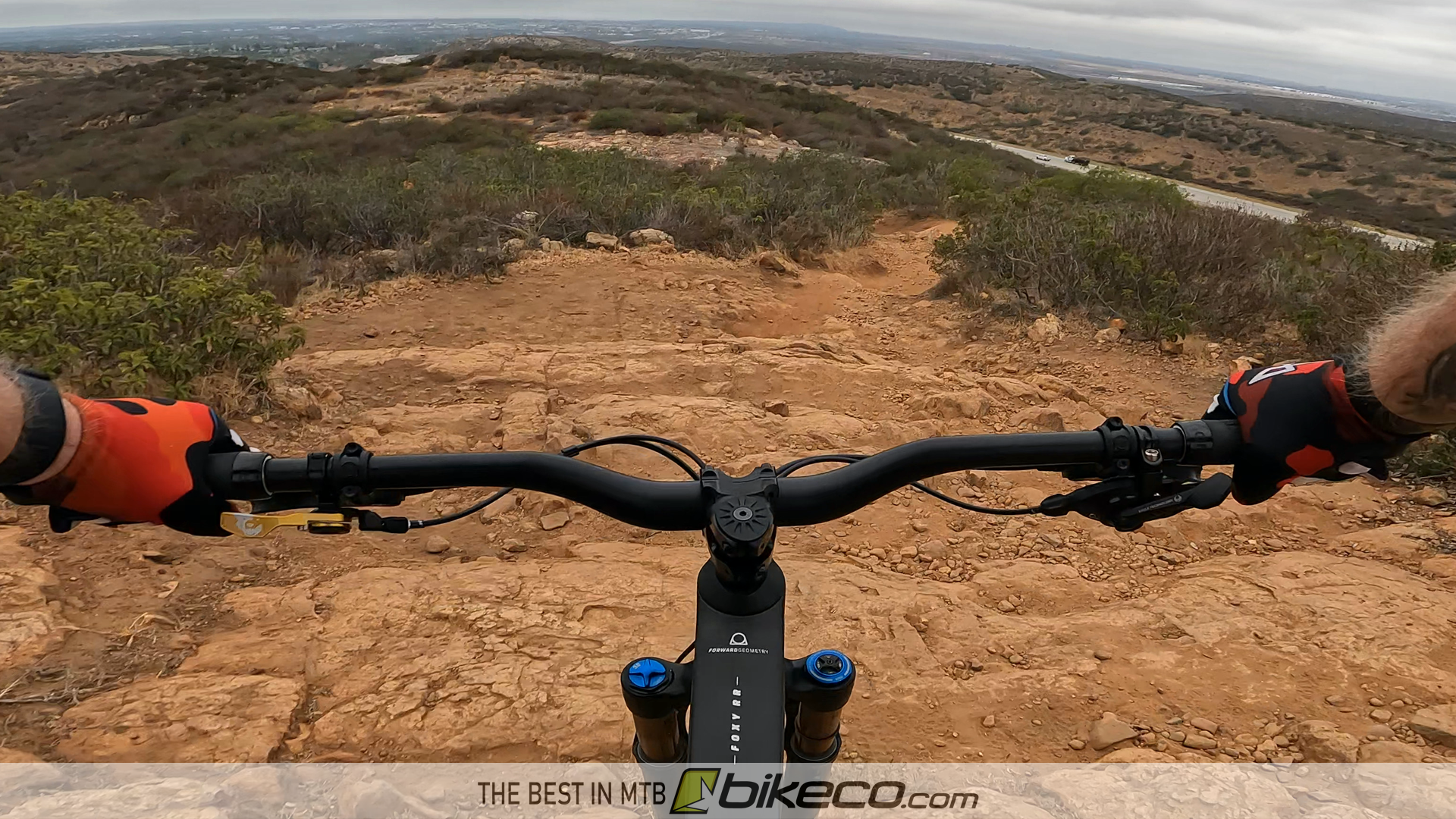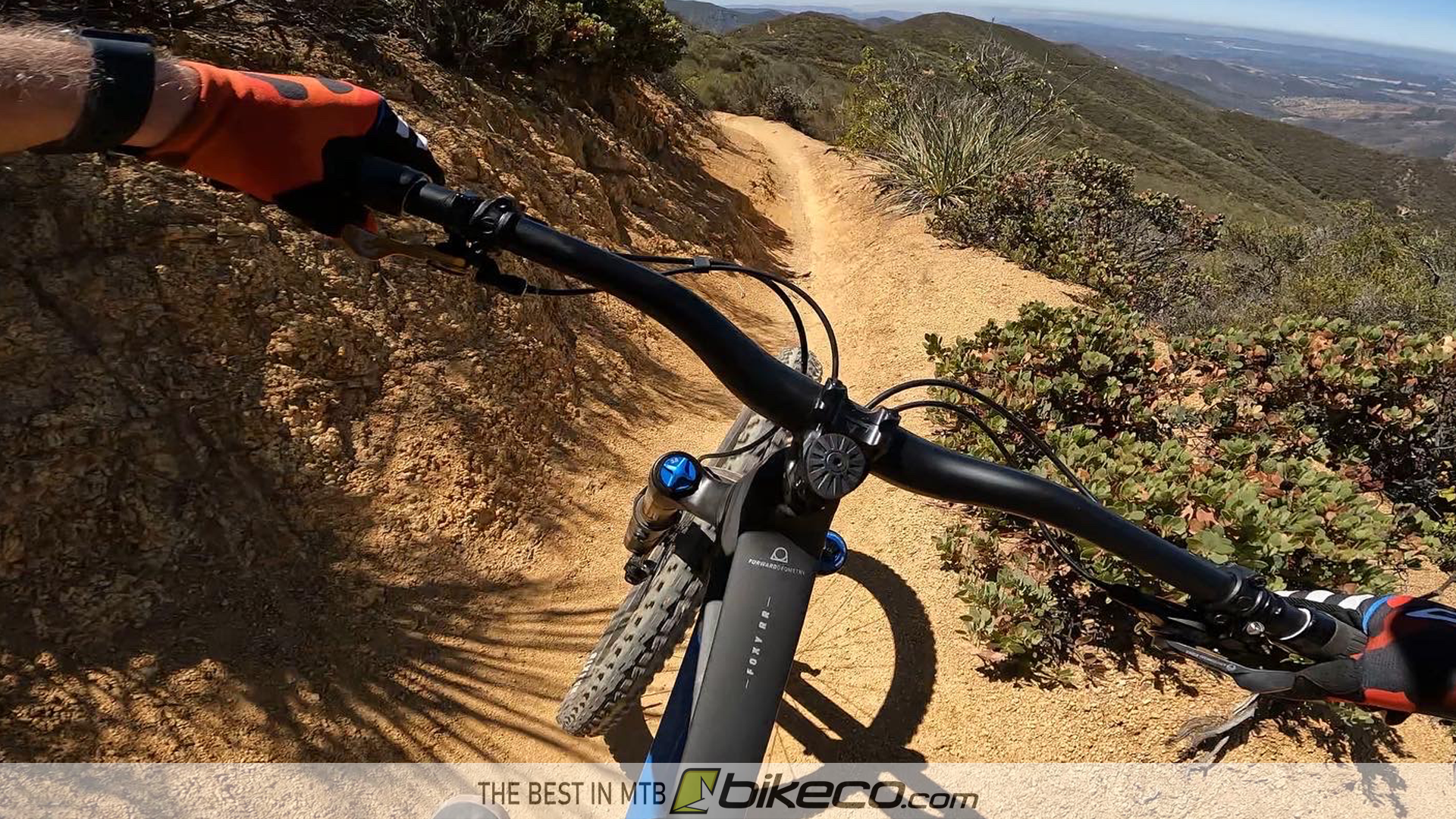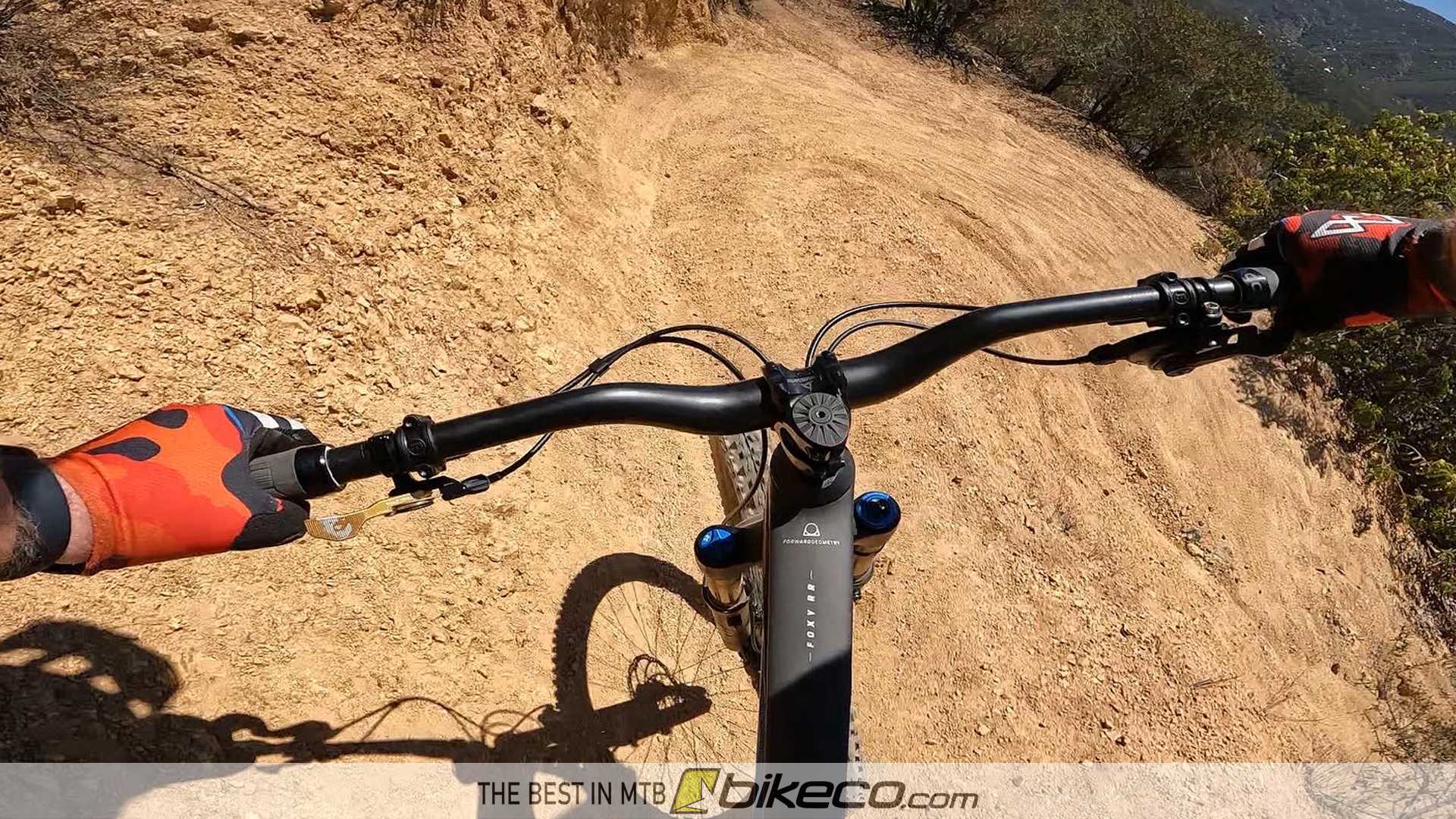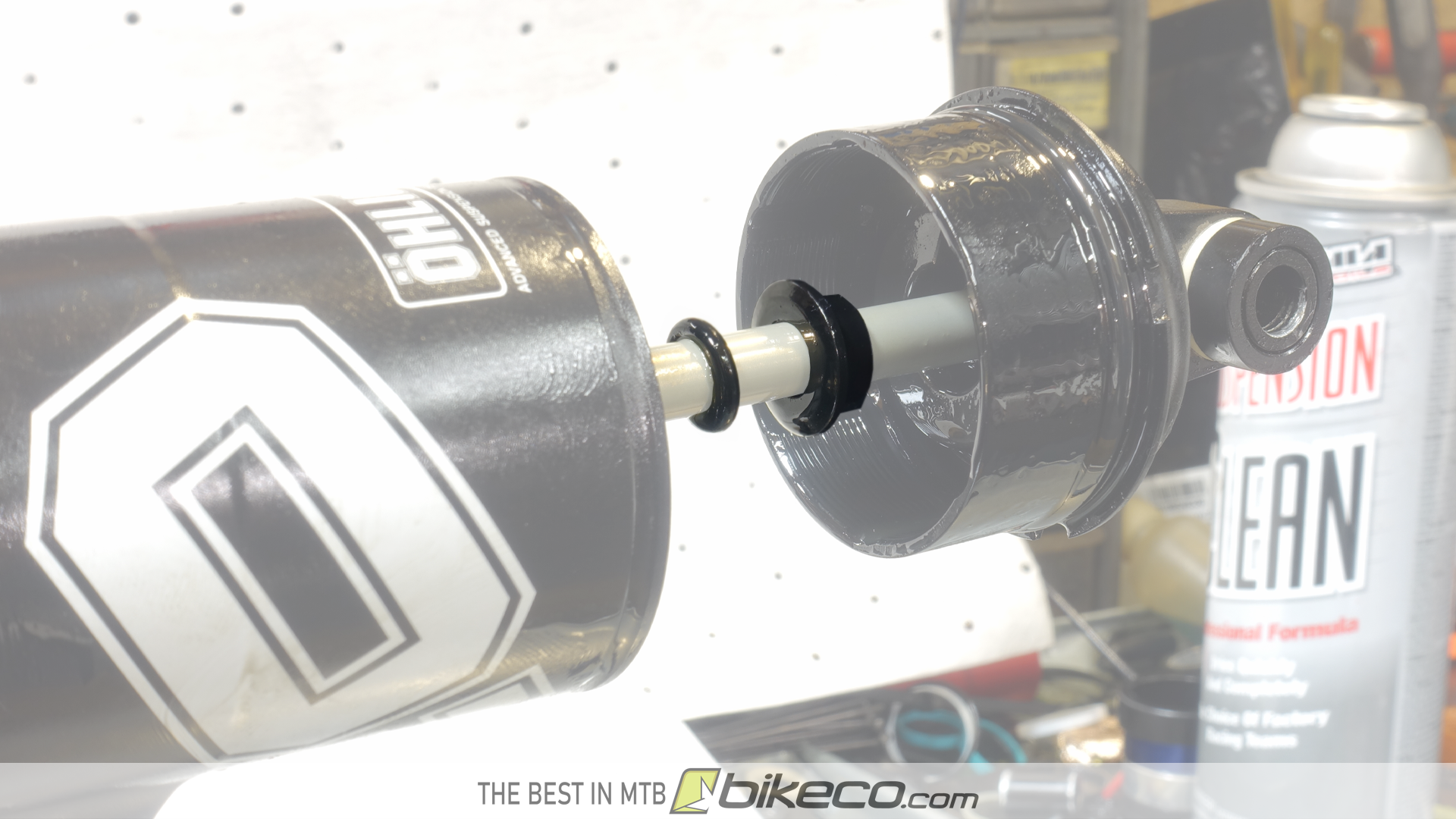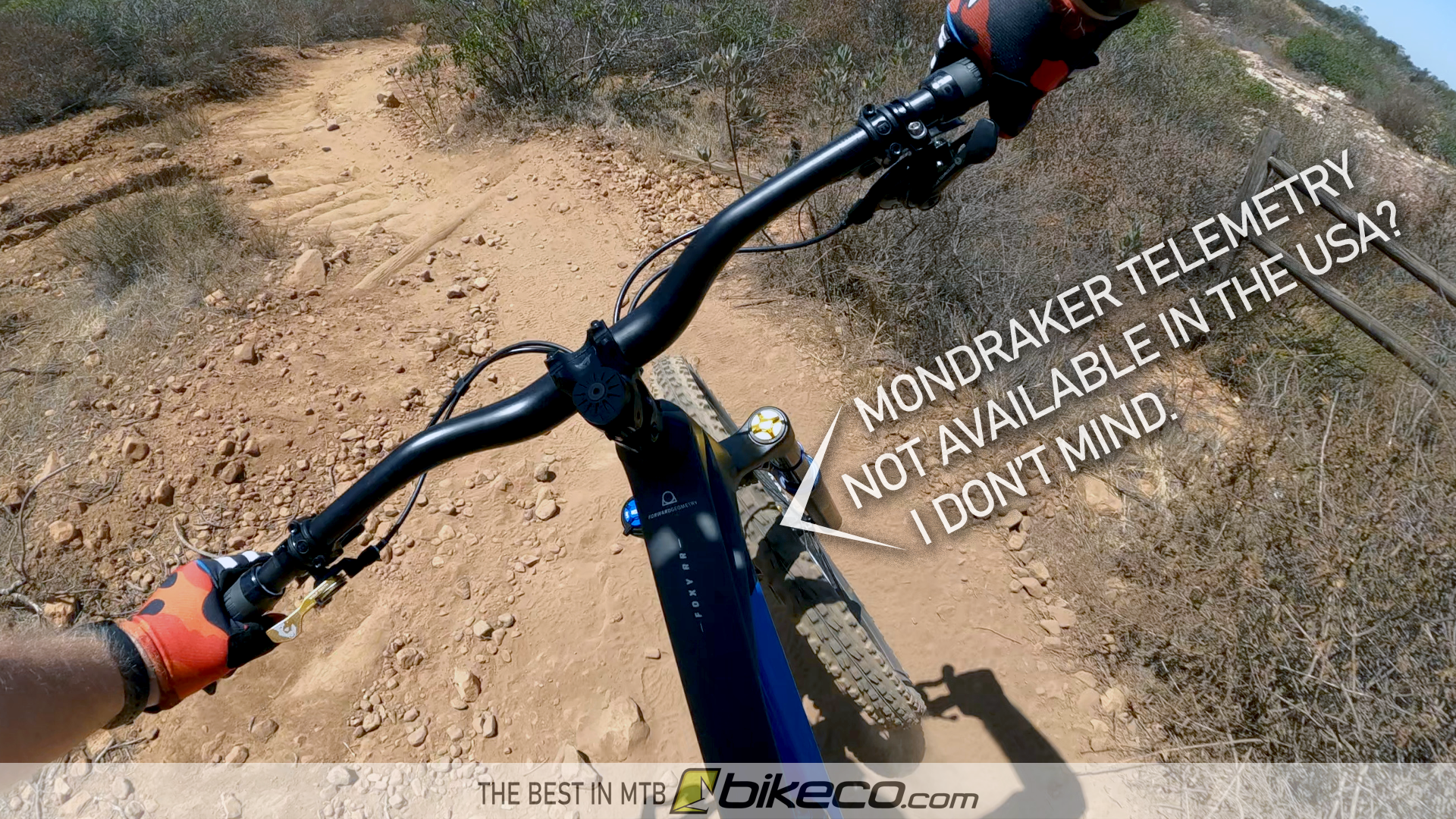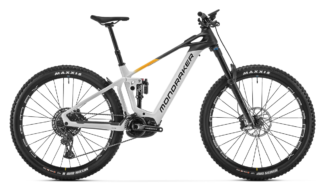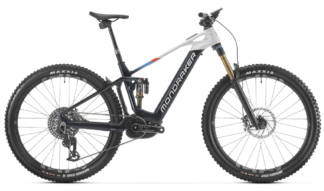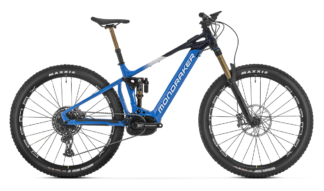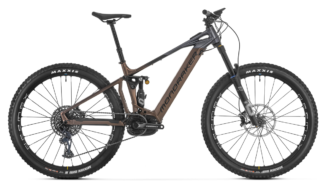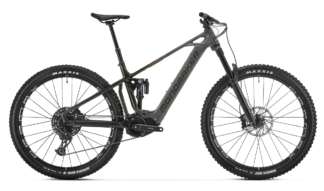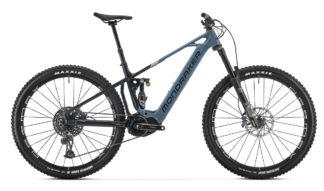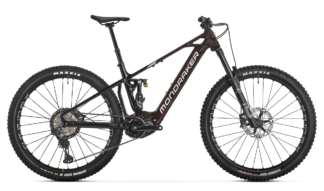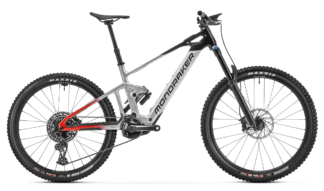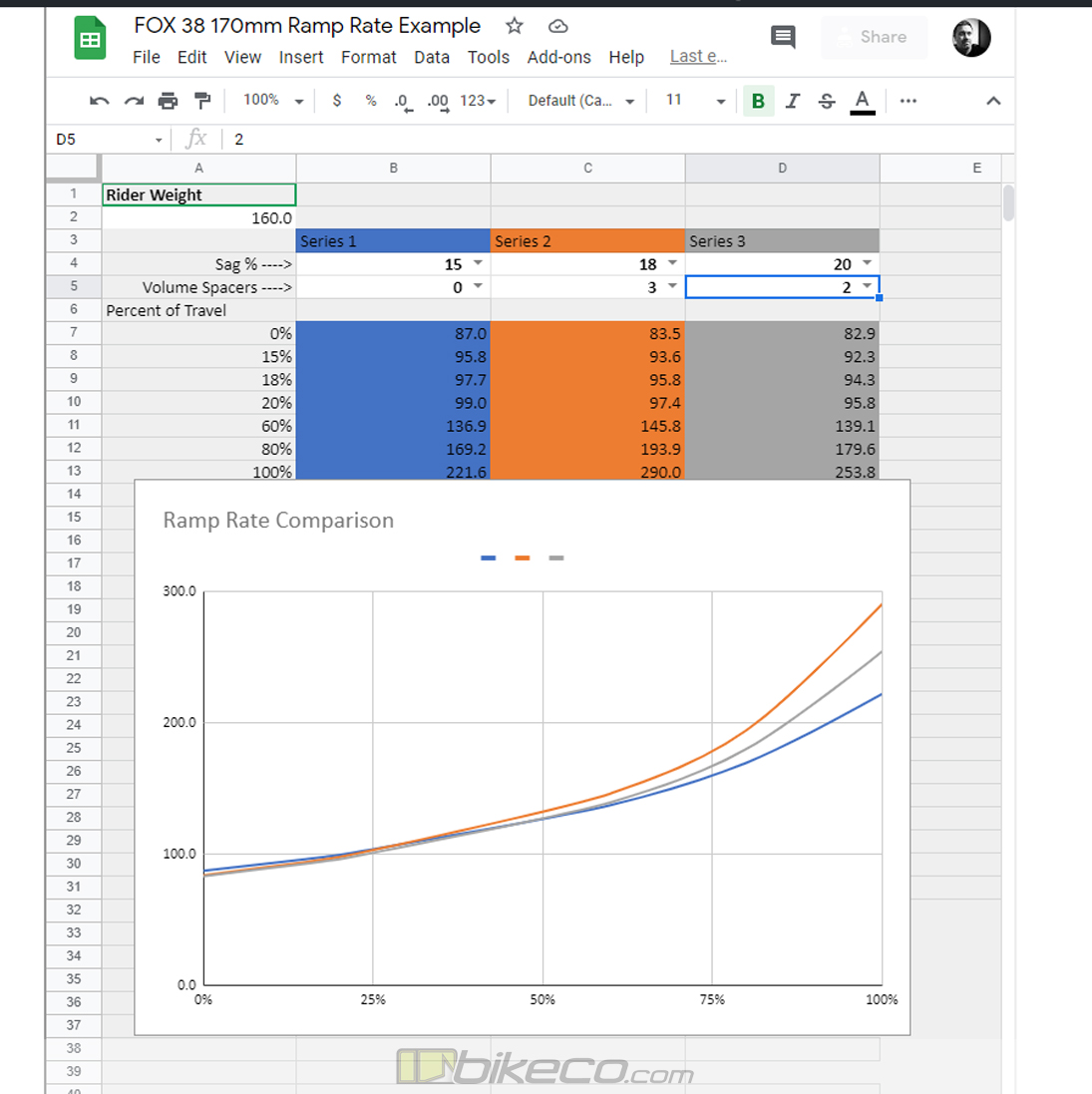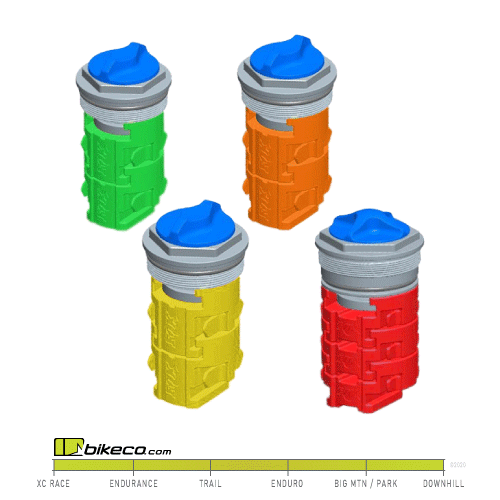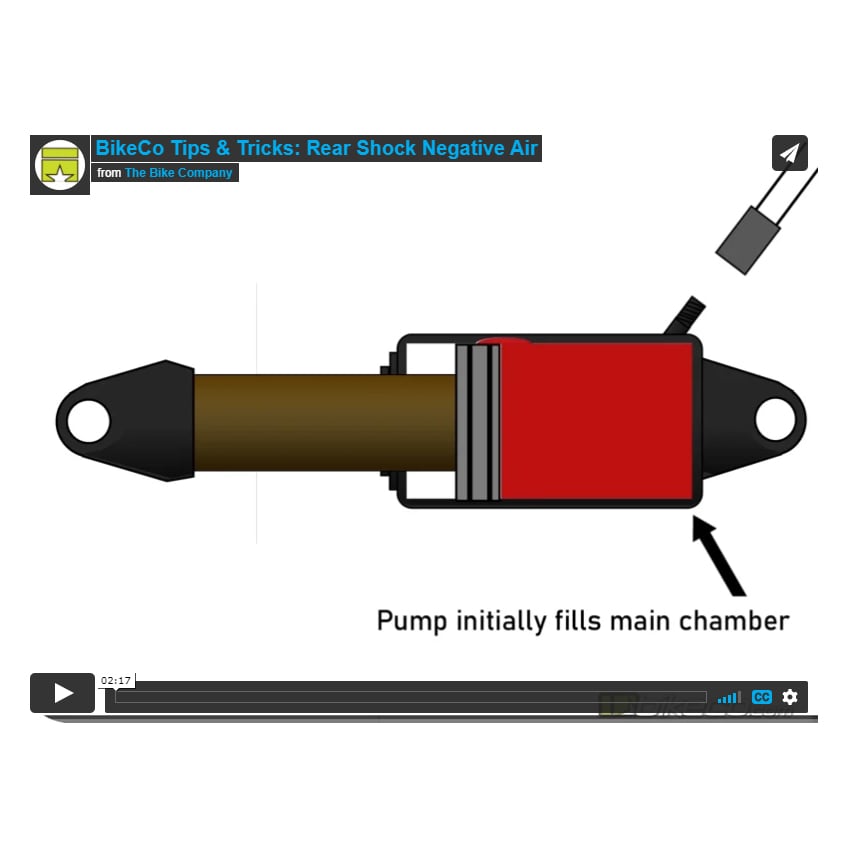BikeCo.com: eMTB & MTB Compare FOX Coil Spring Rates
note: calculator is easiest to use on a computer, laptop or tablet with landscape screen orientation
Click to select your Shock Size (Eye to Eye x Stroke) in B2 and the Spring Rates in B4 as well as B13 to compare.
[Since this is a google sheet I’m not sure how many users it can accommodate at a time – if it’s being strange you can select another “sheet” at the bottom (Coil_Compare_1 thru Coil_Compare_5) and that might correct it depending on users on the site]
Available Coil Springs with correct fitment for the Shock and Spring Rate are displayed to the right of the chart.
Scroll down for more explanation and details of this eMTB and MTB Coil Calculator’s function.
Calculator Details and Caveats!
This spring calculator is based around the actual support produced by the spring at full extension with Pre-Load, 30%, 60%, 90% and 100% of the available SHOCK STROKE.
The methodology is calculating the distance that the SPRING STROKE would be compressed in those various states of SHOCK STROKE, in inches, times the Spring Rate in LBs/IN.
Since variations in Pre-Load will create shifts in the total compression length of the SPRING STROKE that is factored into the results.
This calculator DOES NOT take into account bike specific details such as leverage ratios, rising / falling rates, etc. It is available to easily compare cross-over as well as spring specific output.
Quick Details on Rising / Falling Rate Suspension
How much of the spring’s power is actually applied into the linkage varies in part tied to the angle of the linkage compared to the spring’s “push”. As this angle is variable with suspension linkage the percentage of the springs actual output to the suspension system will vary.

Rising / Falling Rate Suspension Illustrated
Above you’ll see a basic illustration showing two rising then falling rate suspension linkages.
What makes this important – a coil spring (or air spring) is only 1 to 1 effective when the spring’s power is pushing at 90 degrees to the linkage arm. On the upper graphic this is shown in the Orange details.
Continuing to reference the upper graphic: at full extension the spring’s effectiveness will be slightly less than the spring’s power rating. As the linkage rotates (clockwise in this case) to the 90 degree angle (shown in orange) it is a Rising Rate suspension.
As the linkage passes the orange 90% point until full compression it is a Falling Rate suspension.
How does this matter or effect you?
Well if you’re read this far I hope you’re learning something and it’s interesting right?
Let’s compare the red details between the upper and lower illustrations now.
In the upper illustration the angle between the spring and linkage is more exaggerated than the lower illustration.
This means at full compression the upper spring is exerting a percentage LESS of it’s rated power compared to the lower red detail which is closer to the 90 degree position, thus it is exerting a HIGHER percentage of the spring’s rated power to the linkage.
If I was considering two spring rates I would likely consider using the HIGHER Spring Rate with less Pre-Load in the upper concept and the LOWER Spring Rate with more Pre-Load in the lower scenario.
Is this somewhat splitting hairs? Of course. But, the data is out there, the components are out there so what harm can the knowledge do? (and, I hope that a disclaimer like this eliminates the snarky comments, or at least some of them!)
Final Thoughts on the Above Calculator
So, the calculator won’t tell me what spring to use? Correct. There are too many individualized factors in each bikes’ design to make that really feasible. This calculator ideally gives you a comparison point if you’ve started with some understanding or data point on your setup.
Your bike dealer or manufacturer should be able to provide you with some basic setup concepts and the calculator would provide a reference to compare options around what they suggest.
eMTB and MTB FOX Coil Spring Fitment
Here are some physical dimensions to take into consideration when shopping for the right eMTB or MTB Coil Spring.
FOX Coil ID: Inner Diameter
Current FOX Coils are Inner Diameter: 1.385″
The correct inner diameter ensures proper clearance to the damper body and proper upper and lower “spring perch” sizing.
Coil Stroke versus Shock Stroke
We’ve listed the published stroke or coil travel for each part number.
The Coil Stroke should be greater than, at least slightly, than the Shock Stroke (taking into account that some coil stroke is used with the Pre-Load adjustment – more on that on the next tab).
If your Coil Stroke is equal or, much worse, LESS THAN the shock stroke you will have Coil Bind.
Coil Bind
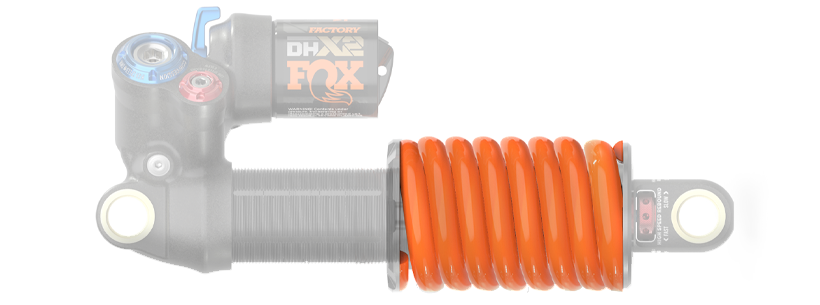
Example of Coil Bind on MTB or eMTB suspension shown above.
Coil Bind is when a spring is compressed completely sitting each coil against its neighbors.
Coil Bind may cause damage to the damper body, suspension, bike and rider.
When a coil is completely compressed it is no longer a spring, so the spring rate goes to infinity (like a hard tail bike). This typically results in a bounce which then unloads the spring to “pogo” making the entire situation worse. Coil Bind should be avoided by ensuring that your spec’d Coil Stroke or Coil Travel is greater than the Shock Stroke.
Coil Total Length
The coil capable FOX dampers have an adjustable ring for Pre-Load as well as to accommodate various Total Length coil springs.
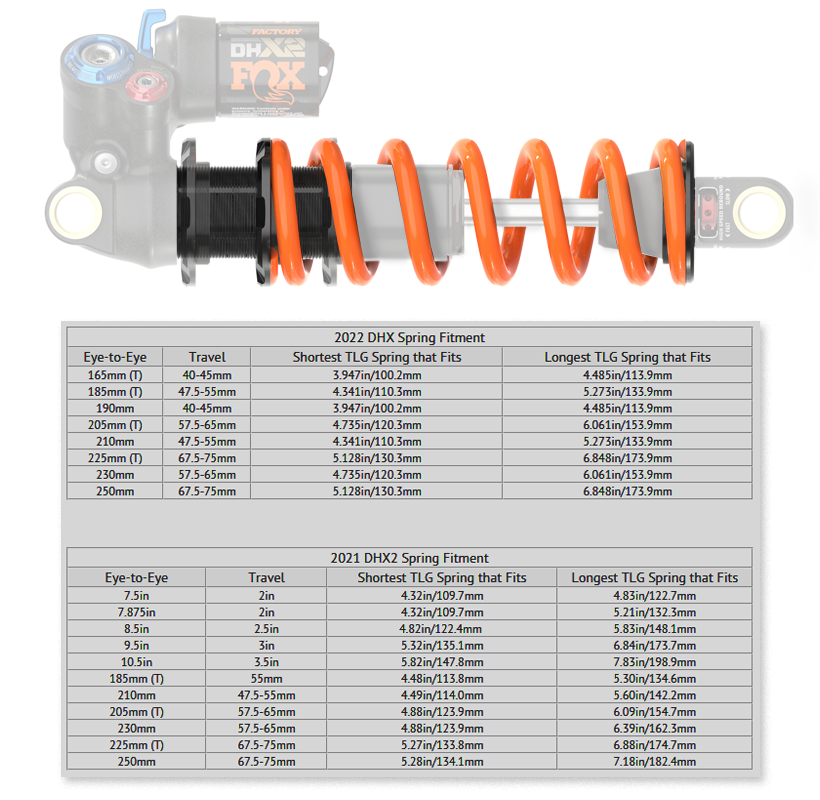
| Eye to Eye | Min Spring Length | Max Spring Length |
|---|---|---|
| 7.5″ | 4.32″ | 4.38″ |
| 7.875″ | 4.32″ | 5.21″ |
| 8.5″ | 4.82″ | 5.83″ |
| 9.5″ | 5.32″ | 6.84″ |
| 10.5″ | 5.82″ | 7.83″ |
| 185mm Trunnion | 4.48″ | 5.30″ |
| 210mm | 4.49″ | 5.60″ |
| 205mm Trunnion | 4.88″ | 6.09″ |
| 230mm | 4.88″ | 6.39″ |
| 225mm Trunnion | 5.27″ | 6.88″ |
| 250mm | 5.28″ | 7.18″ |
Shop eMTB & MTB Fox Coil Springs
-
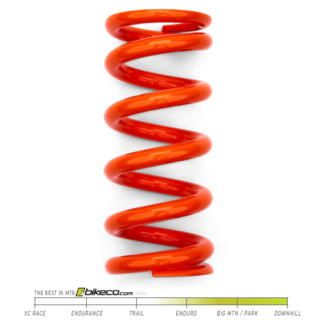
FOX SLS Coil 225 lb/in 3.15″ Stroke 5.39″ Total Length
$130.00Available at Vendor: updated 04/24/24. Ships 7-14 days.
Add to cart -

FOX SLS Coil 250 lb/in 2.65″ Stroke 4.6″ Total Length
Currently Out of Stock - Inquire for Details
Read more -

FOX SLS Coil 250 lb/in 3.15″ Stroke 5.54″ Total Length
$130.00Available at Vendor: updated 04/24/24. Ships 7-14 days.
Add to cart -

FOX SLS Coil 275 lb/in 2.65″ Stroke 4.63″ Total Length
$130.00Available at Vendor: updated 04/24/24. Ships 7-14 days.
Add to cart -

FOX SLS Coil 275 lb/in 3.15″ Stroke 5.46″ Total Length
$130.00Available at Vendor: updated 04/24/24. Ships 7-14 days.
Add to cart -

FOX SLS Coil 300 lb/in 2.65″ Stroke 4.7″ Total Length
Currently Out of Stock - Inquire for Details
Read more -

FOX SLS Coil 300 lb/in 2.9″ Stroke 5.36″ Total Length
$130.00Use Inquiry form for product ETA!
Read more -

FOX SLS Coil 300 lb/in 3.65″ Stroke 6.75″ Total Length
$130.00Available at Vendor: updated 04/24/24. Ships 7-14 days.
Add to cart -

FOX SLS Coil 325 lb/in 2.4″ Stroke 4.41″ Total Length
$130.00Available at Vendor: updated 04/24/24. Ships 7-14 days.
Add to cart -

FOX SLS Coil 325 lb/in 2.65″ Stroke 4.7″ Total Length
$130.00Available at Vendor: updated 04/24/24. Ships 7-14 days.
Add to cart -

FOX SLS Coil 325 lb/in 2.9″ Stroke 5.24″ Total Length
$130.00Available at Vendor: updated 04/24/24. Ships 7-14 days.
Add to cart -

FOX SLS Coil 325 lb/in 3.15″ Stroke 5.7″ Total Length
$130.00Available at Vendor: updated 04/24/24. Ships 7-14 days.
Add to cart -

FOX SLS Coil 350 lb/in 2.4″ Stroke 4.38″ Total Length
$130.00Available at Vendor: updated 04/24/24. Ships 7-14 days.
Add to cart -

FOX SLS Coil 350 lb/in 2.65″ Stroke 4.85″ Total Length
$130.00Use Inquiry form for product ETA!
Read more -

FOX SLS Coil 350 lb/in 2.9″ Stroke 5.33″ Total Length
$130.00Available at Vendor: updated 04/24/24. Ships 7-14 days.
Add to cart -

FOX SLS Coil 350 lb/in 3.65″ Stroke 6.83″ Total Length
$130.00Available at Vendor: updated 04/24/24. Ships 7-14 days.
Add to cart -

FOX SLS Coil 375 lb/in 2.4″ Stroke 4.52″ Total Length
$130.00Available at Vendor: updated 04/24/24. Ships 7-14 days.
Add to cart -

FOX SLS Coil 375 lb/in 2.9″ Stroke 5.54″ Total Length
$130.00Available at Vendor: updated 04/24/24. Ships 7-14 days.
Add to cart -

FOX SLS Coil 375 lb/in 3.15″ Stroke 5.92″ Total Length
$130.00Available at Vendor: updated 04/24/24. Ships 7-14 days.
Add to cart -

FOX SLS Coil 375 lb/in 3.65″ Stroke 6.93″ Total Length
$130.00Available at Vendor: updated 04/24/24. Ships 7-14 days.
Add to cart -

FOX SLS Coil 400 lb/in 2.4″ Stroke 4.6″ Total Length
$130.00Available at Vendor: updated 04/24/24. Ships 7-14 days.
Add to cart -

FOX SLS Coil 400 lb/in 2.65″ Stroke 5.14″ Total Length
$130.00Available at Vendor: updated 04/24/24. Ships 7-14 days.
Add to cart -

FOX SLS Coil 400 lb/in 2.9″ Stroke 5.54″ Total Length
$130.00Available at Vendor: updated 04/24/24. Ships 7-14 days.
Add to cart -

FOX SLS Coil 400 lb/in 3.15″ Stroke 6.04″ Total Length
$130.00Use Inquiry form for product ETA!
Read more -

FOX SLS Coil 400 lb/in 3.65″ Stroke 7.08″ Total Length
$130.00Available at Vendor: updated 04/24/24. Ships 7-14 days.
Add to cart -

FOX SLS Coil 425 lb/in 2.4″ Stroke 4.54″ Total Length
$130.00Available at Vendor: updated 04/24/24. Ships 7-14 days.
Add to cart -

FOX SLS Coil 425 lb/in 2.65″ Stroke 5.08″ Total Length
$130.00Available at Vendor: updated 04/24/24. Ships 7-14 days.
Add to cart -

FOX SLS Coil 425 lb/in 2.9″ Stroke 5.64″ Total Length
$130.00Available at Vendor: updated 04/24/24. Ships 7-14 days.
Add to cart -

FOX SLS Coil 425 lb/in 3.15″ Stroke 6.16″ Total Length
$130.00Use Inquiry form for product ETA!
Read more -

FOX SLS Coil 425 lb/in3.65″ Stroke 7.20″ Total Length
Currently Out of Stock - Inquire for Details
Read more -

FOX SLS Coil 450 lb/in 2.4″ Stroke 4.7″ Total Length
$130.00Available at Vendor: updated 04/24/24. Ships 7-14 days.
Add to cart -

FOX SLS Coil 450 lb/in 2.65″ Stroke 5.11″ Total Length
$130.00Use Inquiry form for product ETA!
Read more -

FOX SLS Coil 450 lb/in 2.9″ Stroke 5.8″ Total Length
$130.00Use Inquiry form for product ETA!
Read more -

FOX SLS Coil 450 lb/in 3.15″ Stroke 6.28″ Total Length
$130.00Use Inquiry form for product ETA!
Read more -

FOX SLS Coil 450 lb/in 3.65″ Stroke 7.51″ Total Length
$130.00Available at Vendor: updated 04/24/24. Ships 7-14 days.
Add to cart -

FOX SLS Coil 475 lb/in 2.4″ Stroke 4.68″ Total Length
$130.00Use Inquiry form for product ETA!
Read more -

FOX SLS Coil 475 lb/in 2.65″ Stroke 5.23″ Total Length
$130.00Available at Vendor: updated 04/24/24. Ships 7-14 days.
Add to cart -

FOX SLS Coil 475 lb/in 2.9″ Stroke 5.85″ Total Length
$130.00Available at Vendor: updated 04/24/24. Ships 7-14 days.
Add to cart -

FOX SLS Coil 475 lb/in 3.15″ Stroke 6.41″ Total Length
$130.00Available at Vendor: updated 04/24/24. Ships 7-14 days.
Add to cart -

FOX SLS Coil 500 lb/in 2.4″ Stroke 4.67″ Total Length
$130.00Use Inquiry form for product ETA!
Read more -

FOX SLS Coil 500 lb/in 2.65″ Stroke 5.32″ Total Length
$130.00Use Inquiry form for product ETA!
Read more -

FOX SLS Coil 500 lb/in 2.9″ Stroke 5.8″ Total Length
$130.00Use Inquiry form for product ETA!
Read more -

FOX SLS Coil 500 lb/in 3.15″ Stroke 6.33″ Total Length
$130.00Use Inquiry form for product ETA!
Read more -

FOX SLS Coil 525 lb/in 3.15″ Stroke 6.6″ Total Length
$130.00Available at Vendor: updated 04/24/24. Ships 7-14 days.
Add to cart -

FOX SLS Coil 550 lb/in 2.4″ Stroke 4.91″ Total Length
$130.00Use Inquiry form for product ETA!
Read more -

FOX SLS Coil 550 lb/in 2.65″ Stroke 5.38″ Total Length
$130.00Use Inquiry form for product ETA!
Read more -

FOX SLS Coil 550 lb/in 2.9″ Stroke 5.8″ Total Length
$130.00Available at Vendor: updated 04/24/24. Ships 7-14 days.
Add to cart -

FOX SLS Coil 550 lb/in 3.15″ Stroke 6.52″ Total Length
$130.00Use Inquiry form for product ETA!
Read more -

FOX SLS Coil 600 lb/in 2.4″ Stroke 4.97″ Total Length
$130.00Available at Vendor: updated 04/24/24. Ships 7-14 days.
Add to cart -

FOX SLS Coil 600 lb/in 2.65″ Stroke 5.47″ Total Length
$130.00Available at Vendor: updated 04/24/24. Ships 7-14 days.
Add to cart -

FOX SLS Coil 600 lb/in 2.9″ Stroke 5.85″ Total Length
$130.00Use Inquiry form for product ETA!
Read more -

FOX SLS Coil 650 lb/in 2.4″ Stroke 4.97″ Total Length
$130.00Use Inquiry form for product ETA!
Read more -

FOX SLS Coil 650 lb/in 2.65″ Stroke 5.6″ Total Length
$130.00Use Inquiry form for product ETA!
Read more -

FOX SLS Coil 700 lb/in 2.4″ Stroke 4.97″ Total Length
$130.00Available at Vendor: updated 04/24/24. Ships 7-14 days.
Add to cart -

FOX SLS Coil 700 lb/in 2.65″ Stroke 5.61″ Total Length
$130.00Use Inquiry form for product ETA!
Read more -
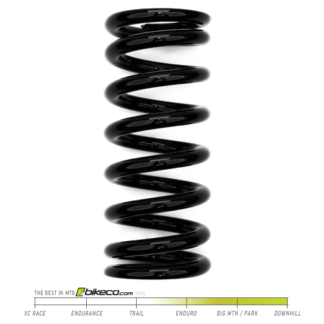
FOX Steel Coil 225 lb/in 3.8″ Stroke 7″ Total Length
$37.00Available at Vendor: updated 04/24/24. Ships 7-14 days.
Add to cart -

FOX Steel Coil 250 lb/in 2.5″ Stroke 4.29″ Total Length
$37.00Available at Vendor: updated 04/24/24. Ships 7-14 days.
Add to cart -

FOX Steel Coil 250 lb/in 2.8″ Stroke 4.92″ Total Length
$37.00Use Inquiry form for product ETA!
Read more -

FOX Steel Coil 250 lb/in 3.25″ Stroke 6.47″ Total Length
$37.00Available at Vendor: updated 04/24/24. Ships 7-14 days.
Add to cart -

FOX Steel Coil 250 lb/in 3.75″ Stroke 7.2″ Total Length
$37.00Available at Vendor: updated 04/24/24. Ships 7-14 days.
Add to cart -

FOX Steel Coil 275 lb/in 3.75″ Stroke 7.5″ Total Length
$37.00Available at Vendor: updated 04/24/24. Ships 7-14 days.
Add to cart -

FOX Steel Coil 300 lb/in 2.5″ Stroke 4.34″ Total Length
$37.00Available at Vendor: updated 04/24/24. Ships 7-14 days.
Add to cart -

FOX Steel Coil 300 lb/in 3.24″ Stroke 6.13″ Total Length
$37.00Available at Vendor: updated 04/24/24. Ships 7-14 days.
Add to cart -

FOX Steel Coil 300 lb/in 3.25″ Stroke 6.48″ Total Length
$37.00Available at Vendor: updated 04/24/24. Ships 7-14 days.
Add to cart -

FOX Steel Coil 300 lb/in 3.7″ Stroke 7.75″ Total Length
$37.00Use Inquiry form for product ETA!
Read more -

FOX Steel Coil 325 lb/in 3.7″ Stroke 7.76″ Total Length
$37.00Use Inquiry form for product ETA!
Read more -

FOX Steel Coil 350 lb/in 2.45″ Stroke 4.38″ Total Length
$37.00Available at Vendor: updated 04/24/24. Ships 7-14 days.
Add to cart -

FOX Steel Coil 350 lb/in 2.8″ Stroke 5.8″ Total Length
$37.00Available at Vendor: updated 04/24/24. Ships 7-14 days.
Add to cart -

FOX Steel Coil 350 lb/in 3.25″ Stroke 6.69″ Total Length
$37.00Available at Vendor: updated 04/24/24. Ships 7-14 days.
Add to cart -

FOX Steel Coil 350 lb/in 3.7″ Stroke 7.75″ Total Length
$37.00Available at Vendor: updated 04/24/24. Ships 7-14 days.
Add to cart -

FOX Steel Coil 400 lb/in 2.45″ Stroke 4.68″ Total Length
$37.00Available at Vendor: updated 04/24/24. Ships 7-14 days.
Add to cart -

FOX Steel Coil 400 lb/in 2.8″ Stroke 5.46″ Total Length
$37.00Available at Vendor: updated 04/24/24. Ships 7-14 days.
Add to cart -

FOX Steel Coil 400 lb/in 3.25″ Stroke 6.63″ Total Length
$37.00Available at Vendor: updated 04/24/24. Ships 7-14 days.
Add to cart -

FOX Steel Coil 400 lb/in 3.65″ Stroke 7.75″ Total Length
$37.00Use Inquiry form for product ETA!
Read more -

FOX Steel Coil 450 lb/in 2.37″ Stroke 4.72″ Total Length
$37.00Available at Vendor: updated 04/24/24. Ships 7-14 days.
Add to cart -

FOX Steel Coil 450 lb/in 2.8″ Stroke 5.41″ Total Length
$37.00Use Inquiry form for product ETA!
Read more -

FOX Steel Coil 450 lb/in 3.25″ Stroke 6.76″ Total Length
$37.00Available at Vendor: updated 04/24/24. Ships 7-14 days.
Add to cart -

FOX Steel Coil 500 lb/in 2.35″ Stroke 4.74″ Total Length
Currently Out of Stock - Inquire for Details
Read more -

FOX Steel Coil 500 lb/in 2.8″ Stroke 5.73″ Total Length
$37.00Use Inquiry form for product ETA!
Read more -

FOX Steel Coil 500 lb/in 3.25″ Stroke 6.3″ Total Length
$37.00Available at Vendor: updated 04/24/24. Ships 7-14 days.
Add to cart -

FOX Steel Coil 550 lb/in 2.35″ Stroke 4.78″ Total Length
$37.00Use Inquiry form for product ETA!
Read more -

FOX Steel Coil 550 lb/in 2.8″ Stroke 5.75″ Total Length
$37.00Use Inquiry form for product ETA!
Read more -

FOX Steel Coil 550 lb/in 2.8″ Stroke 5.95″ Total Length
$37.00Available at Vendor: updated 04/24/24. Ships 7-14 days.
Add to cart -

FOX Steel Coil 550 lb/in 3.25″ Stroke 6.7″ Total Length
$37.00Available at Vendor: updated 04/24/24. Ships 7-14 days.
Add to cart -

FOX Steel Coil 600 lb/in 2.35″ Stroke 4.83″ Total Length
$37.00Available at Vendor: updated 04/24/24. Ships 7-14 days.
Add to cart -

FOX Steel Coil 600 lb/in 2.55″ Stroke 6.13″ Total Length
$37.00Available at Vendor: updated 04/24/24. Ships 7-14 days.
Add to cart -

FOX Steel Coil 600 lb/in 2.8″ Stroke 5.75″ Total Length
$37.00Use Inquiry form for product ETA!
Read more -

FOX Steel Coil 600 lb/in 2.8″ Stroke 6.38″ Total Length
$37.00Available at Vendor: updated 04/24/24. Ships 7-14 days.
Add to cart -

FOX Steel Coil 600 lb/in 3.25″ Stroke 6.88″ Total Length
$37.00Available at Vendor: updated 04/24/24. Ships 7-14 days.
Add to cart -

FOX Steel Coil 650 lb/in 2.3″ Stroke 4.96″ Total Length
Currently Out of Stock - Inquire for Details
Read more -

FOX Steel Coil 650 lb/in 2.8″ Stroke 6.15″ Total Length
$37.00Available at Vendor: updated 04/24/24. Ships 7-14 days.
Add to cart -

FOX Steel Coil 650 lb/in 3.19″ Stroke 6.64″ Total Length
$37.00Available at Vendor: updated 04/24/24. Ships 7-14 days.
Add to cart -

FOX Steel Coil 700 lb/in 2.55″ Stroke 5.7″ Total Length
$37.00Available at Vendor: updated 04/24/24. Ships 7-14 days.
Add to cart -

FOX Steel Coil 700 lb/in 3.19″ Stroke 7.13″ Total Length
$37.00Available at Vendor: updated 04/24/24. Ships 7-14 days.
Add to cart

